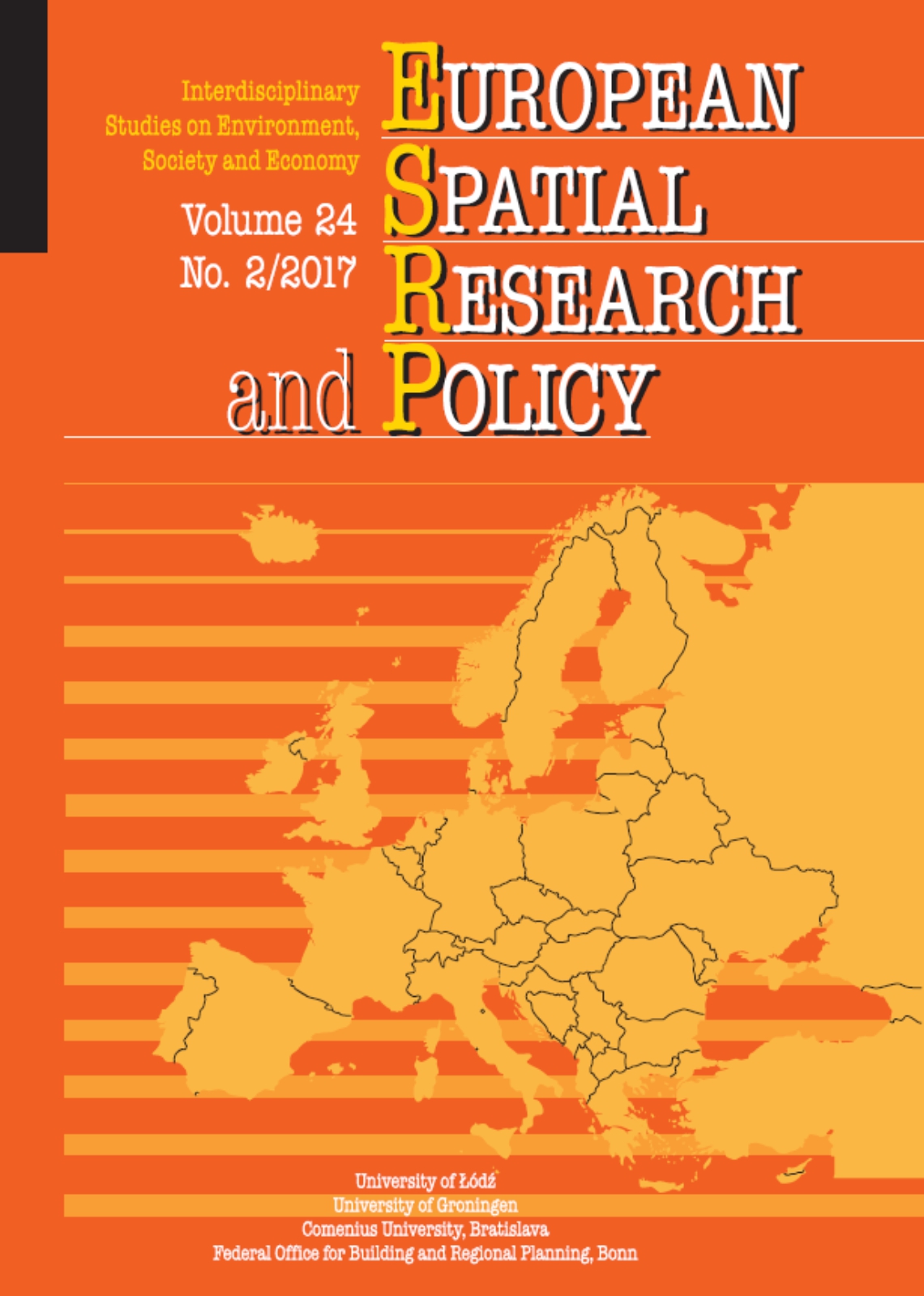PERIPHERIALISATION AS A RESULT AND DRIVING
FORCE OF TERRITORIAL MOBILITY IN POST-SOCIALIST ROMANIA
PERIPHERIALISATION AS A RESULT AND DRIVING
FORCE OF TERRITORIAL MOBILITY IN POST-SOCIALIST ROMANIA
Author(s): Aura MoldovanSubject(s): Politics / Political Sciences, Geography, Regional studies, Sociology, Socio-Economic Research
Published by: Wydawnictwo Uniwersytetu Łódzkiego
Keywords: peripheralisation; core-periphery structure; internal migration; commuting; Romania
Summary/Abstract: Over the past two and a half decades, the transition from a centralised to a market economy has affected Romania’s spatial configuration by re-widening the gap between cores and peripheries at a regional scale. Through a statistical analysis carried out for the North-West Region(NUTS 2), my contribution focuses on one of the mechanisms interrelated with peripheralisation, namely territorial mobility. The aim is twofold. First, to show how increasing core-periphery disparities impact mobility flows by offering different levels of structural (dis)advantages. Second, to exemplify how various social groups can influence these (dis)advantages by choosing their place of residence and work.
Journal: European Spatial Research and Policy
- Issue Year: 24/2017
- Issue No: 2
- Page Range: 39-57
- Page Count: 19
- Language: English

